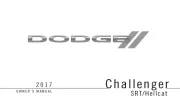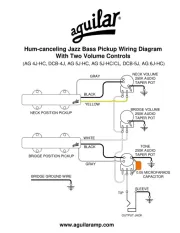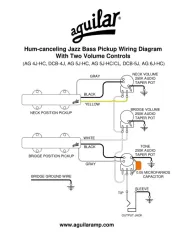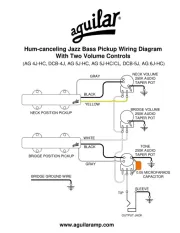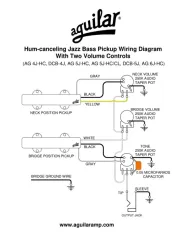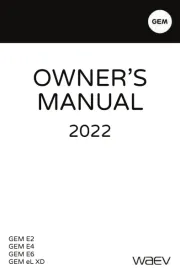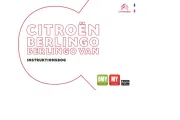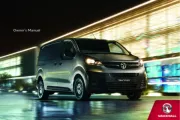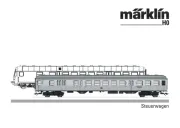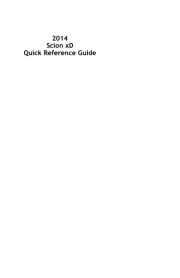Renault Fluence (2015) Manual
Læs gratis den danske manual til Renault Fluence (2015) (196 sider) i kategorien auto. Denne vejledning er vurderet som hjælpsom af 5 personer og har en gennemsnitlig bedømmelse på 4.8 stjerner ud af 3 anmeldelser.
Har du et spørgsmål om Renault Fluence (2015), eller vil du spørge andre brugere om produktet?

Produkt Specifikationer
| Mærke: | Renault |
| Kategori: | auto |
| Model: | Fluence (2015) |
Har du brug for hjælp?
Hvis du har brug for hjælp til Renault Fluence (2015) stil et spørgsmål nedenfor, og andre brugere vil svare dig
auto Renault Manualer










auto Manualer
- Skoda
- Kia
- Citroën
- Sharper Image
- Jeep
- Nissan
- Mazda
- Aguilar
- Fiat
- Mercury
- Vauxhall
- Buick
- Genesis
- GMC
- Chery
Nyeste auto Manualer
